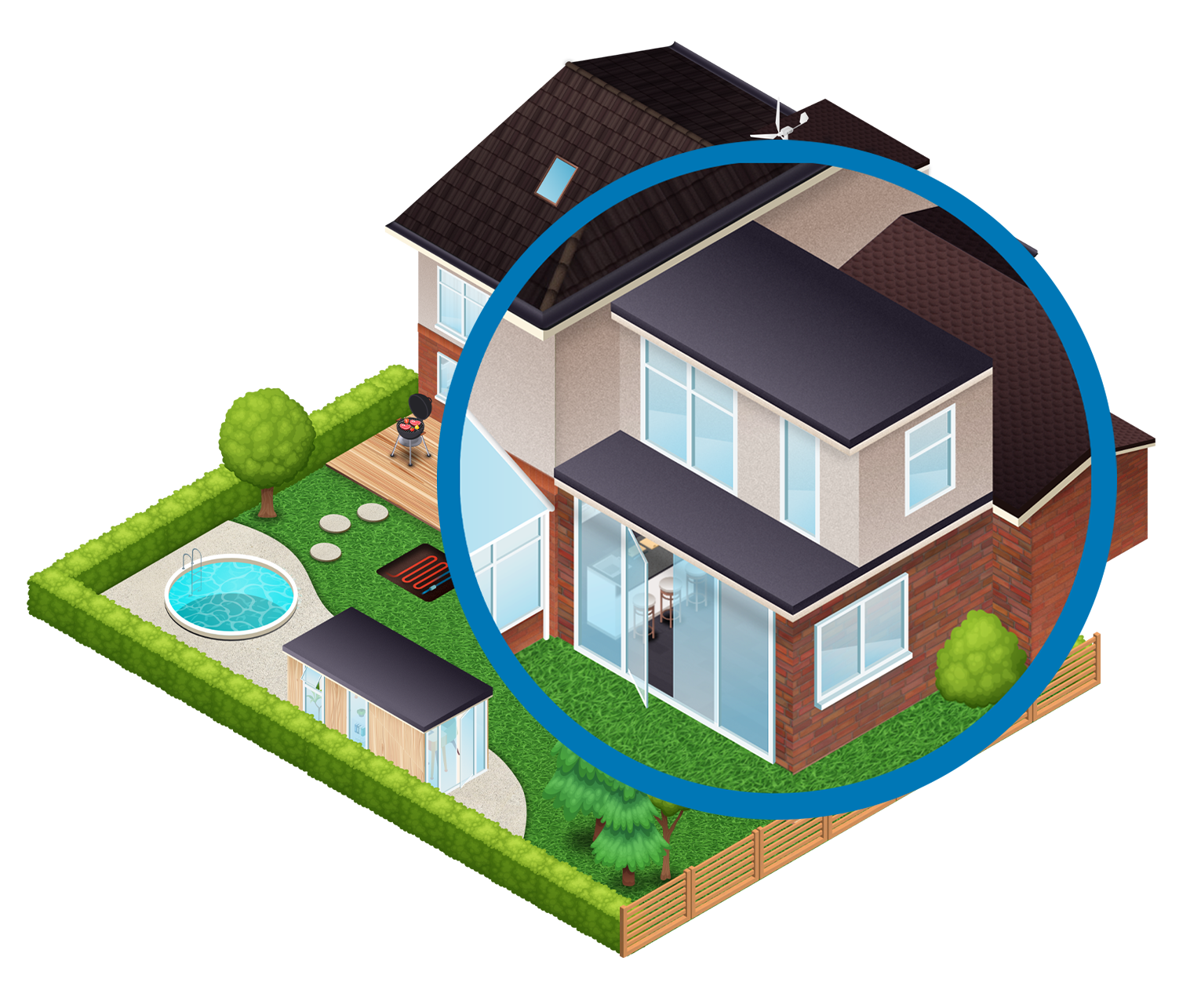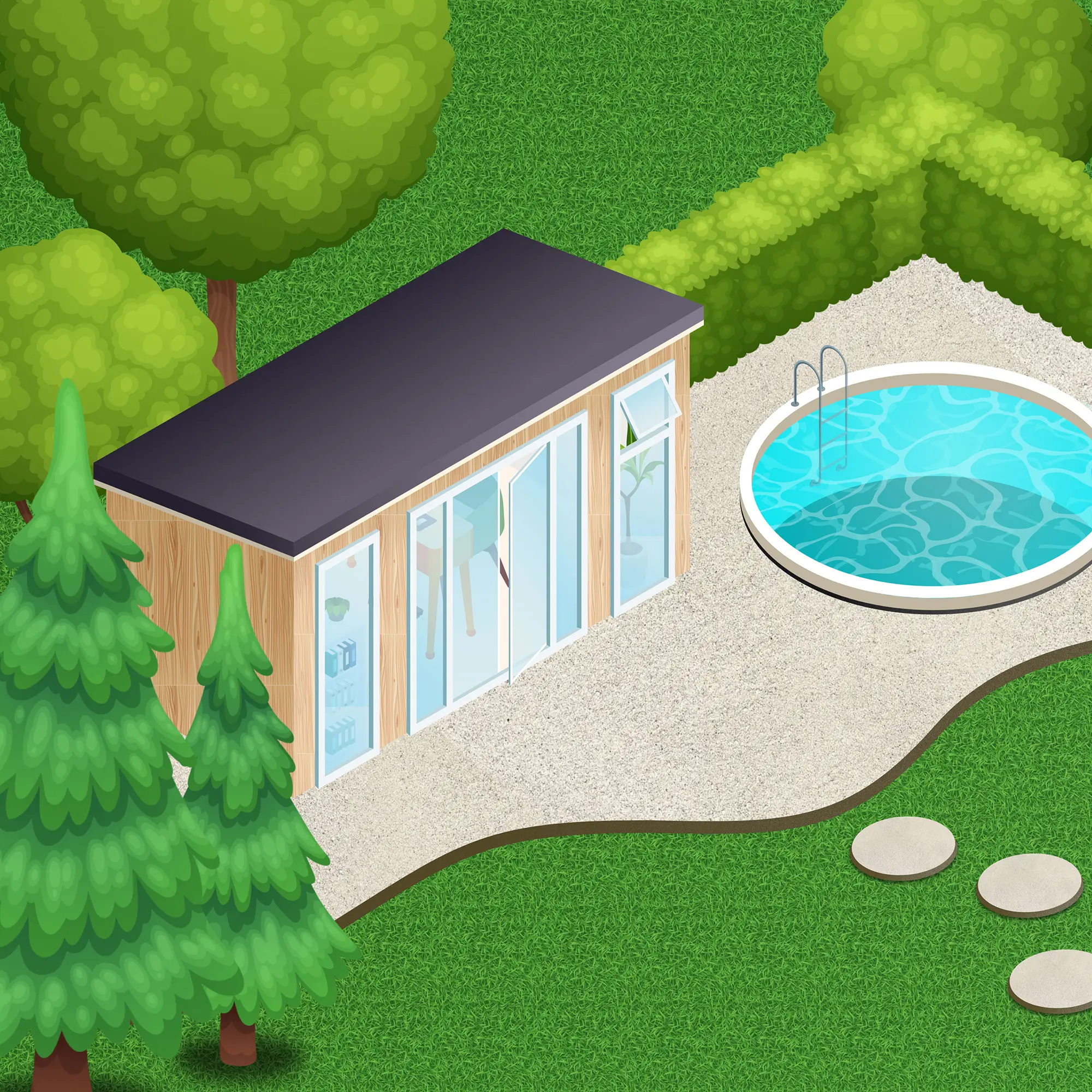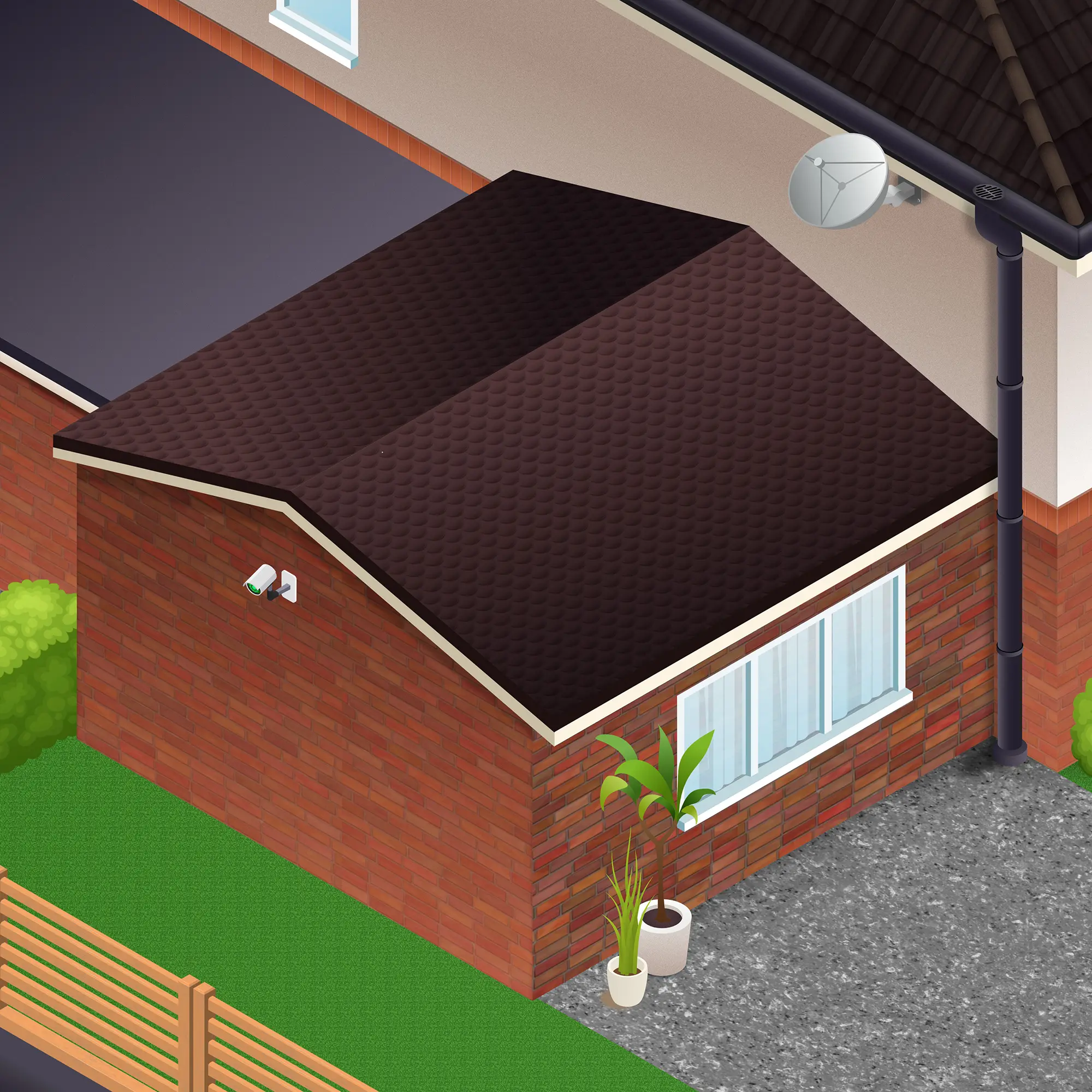On designated land* extensions of more than one storey are not permitted development.
Definitions of terms used

Definitions of terms used
- Original house - The term ‘original house’ means the house as it was first built or as it stood on 1 July 1948 (if it was built before that date). Although you may not have built an extension to the house, a previous owner may have done so.
- Designated land - Designated land (Article 2(3)) includes national parks and the Broads, Areas of Outstanding Natural Beauty, conservation areas and World Heritage Sites.














